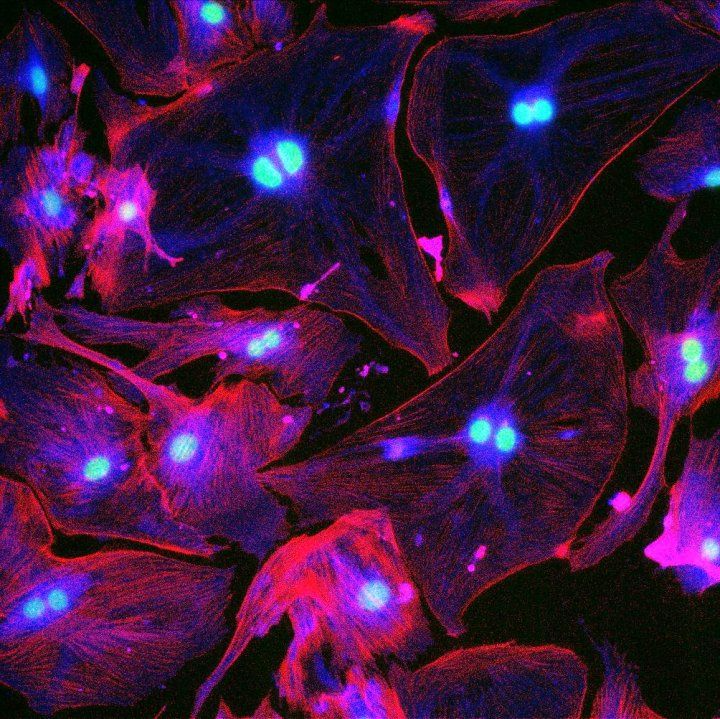Exploring the Role of Senescent Cells in Neurodegenerative Pathology: A Window Into Promising Therapeutic Avenues
DOI:
https://doi.org/10.52243/bptjm.v4i2.71Keywords:
Cellular senescence, Neurodegenerative diseases, tau protein, SASPs (Senescence-Associated Secretory Phenotypes), Senolytics, Senomorphics, NeuroinflammationAbstract
There is strong evidence that cellular senescence is involved in the pathogenesis of neurodegenerative diseases such as Alzheimer’s and Parkinson’s disease. Presence of abnormal tau protein in mouse models is implicated in senescence phenotypes leading to cognitive decline, while the significance of pro-inflammatory molecules called senescence-associated secretory phenotypes (SASPs) in inflammation and degeneration highlights its potential importance in disease treatment. Understanding the involvement of senescence in disease progression is vital to develop effective treatment strategies. Clearance of such cells can be performed through senolytics drugs that disturb non-apoptosis pathways. Alternatively, senomorphics involve the suppression of senescence burden, rather than elimination through apoptosis, through the intervention of SASP factors that elicit neuroinflammation and tau toxicity. Other therapeutic approaches involve targeting mitochondrial dysfunction to attenuate neuroinflammation and senescence stressors, thereby preventing the formation of a feedback loop. This review offers insights into the mechanisms of neuro-degeneration driven by cellular senescence in the brain and outlines novel therapeutic strategies to reduce the senescence burden and slow disease progression.
Downloads






